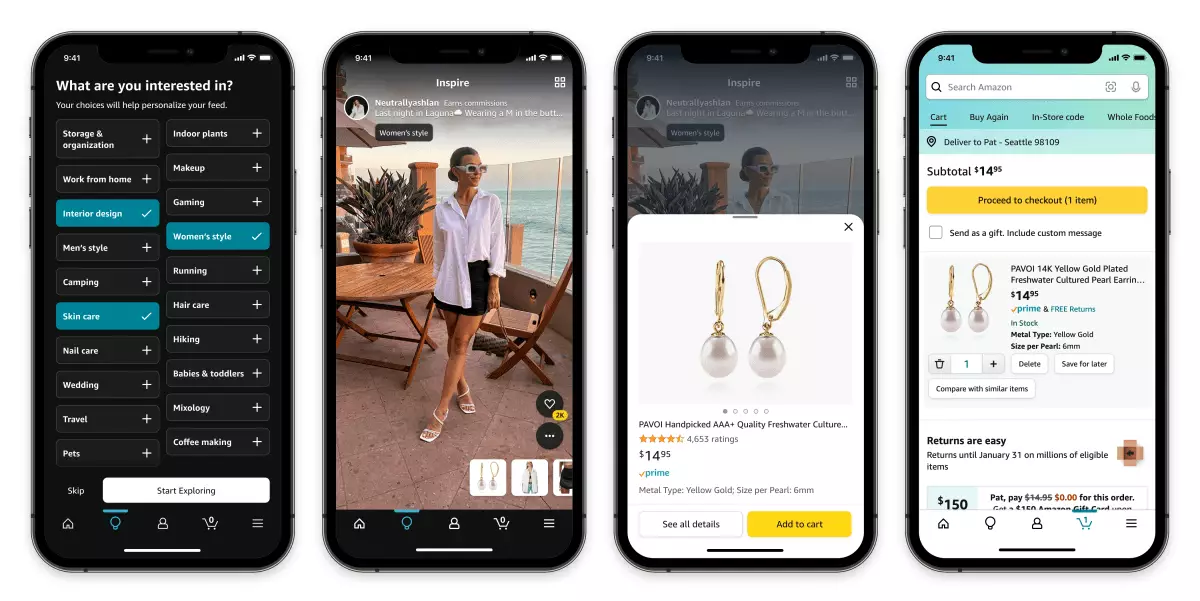Amazon’s recent decision to discontinue the “Inspire” feature marks a notable shift in its approach to integrating social media dynamics within its shopping ecosystem. Originally introduced in 2022 as a TikTok-like platform for short-form video and photo content, Inspire was designed to enhance user engagement by allowing customers to explore and shop from a feed populated with product recommendations from influencers and brands. However, the news of its shutdown, confirmed by an Amazon spokesperson to TechCrunch, indicates that the retail giant is re-evaluating its priorities in the evolving landscape of social commerce.
The timing of this decision raises questions, particularly given the ongoing challenges faced by TikTok in the U.S. market. Inspire could have provided an alternative avenue for American consumers seeking genuine product reviews or recommendations from influencers. Nonetheless, Amazon’s strategy appears to be shifting focus toward more established partnerships with platforms like Instagram and Snap. These alliances facilitate direct shopping experiences and potentially lessen the need for an in-house short video feature like Inspire, which may not have gained the traction Amazon anticipated.
One of the critical factors that might have contributed to Inspire’s demise is the lukewarm response from creators. The initiative to compensate influencers for content creation sparked controversy when many felt the offered rates—a maximum of $12,500 for 500 videos, or just $25 for qualifying submissions—were inadequate compared to the potential earnings on rival platforms. This discrepancy likely left Amazon struggling to entice sufficient content creators to invest their efforts into Inspire, ultimately resulting in a lack of fresh, engaging content on the platform.
While the closure of Inspire signals the end of one approach, Amazon is not entirely retreating from the realm of social commerce. The company has emphasized the availability of alternative resources for product inspiration, including creator storefronts and curated collections. Furthermore, the introduction of new AI-driven features, such as its shopping assistant, Rufus, indicate Amazon’s willingness to innovate beyond traditional social media dynamics. These enhancements could potentially streamline the shopping experience and integrate user feedback into product discovery in meaningful ways.
As the landscape of e-commerce continues to evolve, Amazon’s experience with Inspire serves as an example of the challenges in merging social media engagement with retail functionality. The company’s emphasis on social media integrations in future strategies suggests that while Inspire may no longer exist, the influence of social feeds on consumer behavior remains potent. The ongoing experimentation with features like directing shoppers to other brands’ websites represents an adaptive approach, potentially allowing Amazon to maintain relevance in a competitive market while continuously responding to consumer behaviors and preferences.
The discontinuation of Inspire illustrates the complexities and risks involved in the intermingling of social media and e-commerce. As consumer preferences shift and competition intensifies, Amazon’s ability to innovate and adapt will be crucial to its continued success in the retail sector.

